Planting skills of dragon spitting beads
[introduction] Longtuzhu belongs to the perennial plant of Verbenaceae, which is native to West Africa and is a potted climbing flowering plant. Sufficient water is needed in the growing period, and fertilizer is applied every 7-10 days in the flowering season, the perfect pot plant of dragon spitting beads should be planted, the height of branches should be strictly controlled during the growing period, and the branches should be trimmed short to promote the growth of dragon spitting beads.
How to grow dragon spit beads? I believe many people do not know it very well, it has not been planted in our country for a long time, so let's learn about the planting skills of dragon spitting beads.
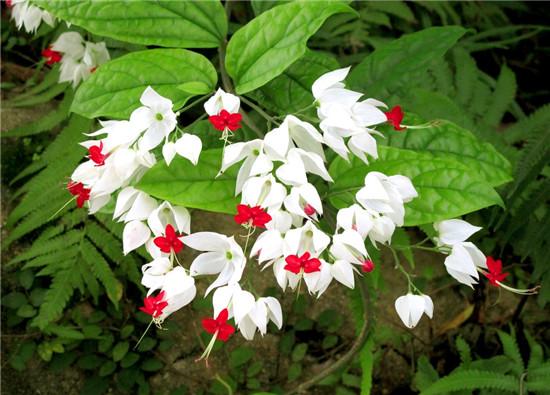
Longtuzhu is a perennial plant of Verbenaceae. Generally, potted plants grow very short due to the restriction of pruning. In fact, it is a semi-vine vine, branches can be more than one Zhang, this kind of flower is thicker and easy to grow, more flowers, fewer diseases and insect pests, the most suitable for home planting. If it is pruned in time after the summer flowers fade, the flowers are expected to bloom twice before the end of the year.
Longtuzhu is native to West Africa and is now widely cultivated as a potted climbing flowering plant. Like a warm, semi-overcast and humid environment. The overwintering temperature should be above 15 ℃ and lower than 10 ℃ for a long time, which can cause defoliation to death. By sowing or cutting propagation, the life of the seed is short and it is sown immediately after harvest.
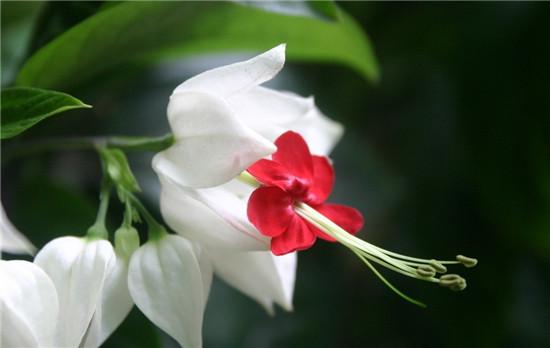
Longtuzhu is a flowering plant, the flowering period is very long, it is appropriate to use fertile, well-drained slightly acidic sandy loam, potted dragon spit beads, generally every 1-2 years to change the pot, the time to change the pot in early spring or after the flower fade. When changing the basin, first use broken tiles to cover the drainage hole, and then put a small amount of bone powder as base fertilizer, then load the new culture soil (4 parts of rotten soil, 4 parts of garden soil, 2 parts of sandy soil), plant good plants, and leave 2-3 cm along the mouth for fertilization and watering. After changing the basin, pour through the water, put the seedlings slowly in the shade, and then move to the sunny place for maintenance.
Longtuzhu should not apply too much fertilizer, apply mature thin cake fertilizer and water every 7-10 days in flowering season, and apply fertilizer 3-4 times in succession. If yellowing is found in the process of cultivation, it can be combined with topdressing and 0.2% ferrous sulfate, which can gradually change the leaves from yellow to green.
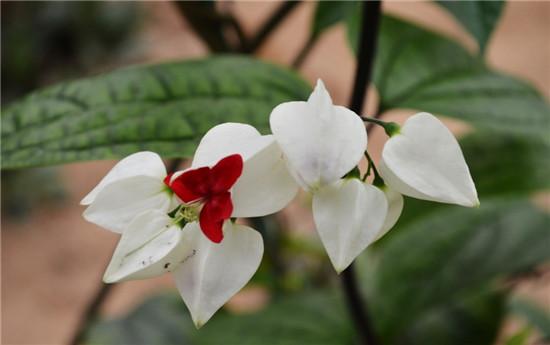
Potted dragon beads are often used in 12-15 cm pots, and 3 plants can be planted in each pot. Sufficient water is needed during the growing period, such as excessive soil moisture, which will cause the leaves to turn yellow and fall off. If the branches do not wither, stop watering and let them recover and sprout new leaves.
Fertilize once a month, the dragon spits the pearl blossom season, apply 1-2 more phosphorus and potassium fertilizer, or use "Huiyou" 20 Mel 8 mi 20 with high potassium nitrate fertilizer for four seasons. In winter, watering is reduced and fertilization is stopped.
To shape the beautiful plant type of dragon spitting beads, when the cuttage or sowing seedlings grow to 15 cm after pot planting, cut branches 10 cm away from the pot mouth to promote the germination of sturdy new branches. During the growing period, we should strictly control the height of the branches and pay attention to topping and picking the heart, so that the branches will be neat and blossom in the future. Half a month after picking the heart, Bijiu or Daizhuangsu was applied to control the plant height so that the plant was short, leafy and flowered.
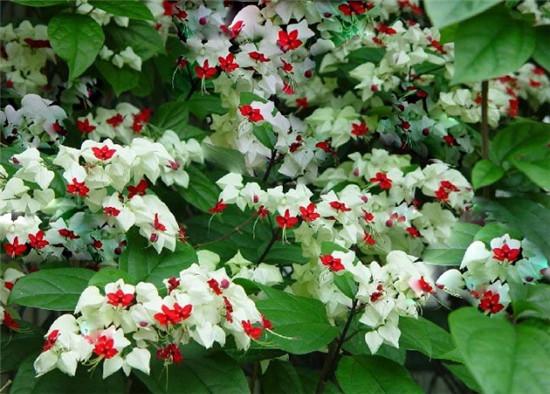
When changing pots every spring, the aboveground branches are trimmed and truncated to make the plant round, with many branches and flowers.
- Prev
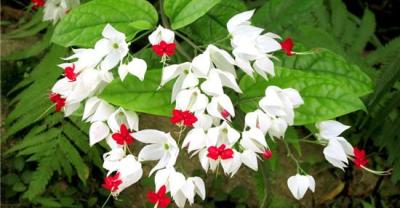
Black millet planting actual patting
Black millet, the general color is turquoise or bluish black, known as Qinggu in ancient times. Known as the king of nutrition in the valley, the digestion and absorption rate is as high as 97.4%, especially rich.
- Next
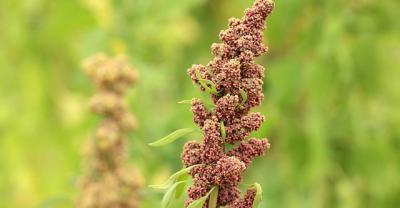
Uni Smart Desktop Planter
Uni Smart Desktop Planter is a flower pot full of modern beauty, which can realize the integration of seed, substrate and nutrition. Exclusive patent planting...
Related
- Fuxing push coffee new agricultural production and marketing class: lack of small-scale processing plants
- Jujube rice field leisure farm deep ploughing Yilan for five years to create a space for organic food and play
- Nongyu Farm-A trial of organic papaya for brave women with advanced technology
- Four points for attention in the prevention and control of diseases and insect pests of edible fungi
- How to add nutrient solution to Edible Fungi
- Is there any good way to control edible fungus mites?
- Open Inoculation Technology of Edible Fungi
- Is there any clever way to use fertilizer for edible fungus in winter?
- What agents are used to kill the pathogens of edible fungi in the mushroom shed?
- Rapid drying of Edible Fungi

